Nihil obstat: Msgr. Francis I. Malone, Censor Librorum.
Imprimatur: Anthony B. Taylor, Bishop of Little Rock, February 2, 2018.
Anthony B. Taylor, Bishop of Little Rock, February 2, 2018.
Cover design by Ann Blattner. Cover photo: Getty Images. Used with permission.
Photos/illustrations: Pages 7, 11, 13, 14, 15, 20, 23, 24, 27, 31, 33, 35, 36, 38, Getty Images. Used with permission. Page 26, Liturgical Press Archives.
Scripture texts, prefaces, introductions, footnotes and cross references used in this work are taken from the New American Bible, revised edition 2010, 1991, 1986, 1970 Confraternity of Christian Doctrine, Washington, D.C. and are used by permission of the copyright owner. All Rights Reserved. No part of the New American Bible may be reproduced in any form without permission in writing from the copyright owner.
Excerpts from the English translation of The Roman Missal 2010, International Commission on English in the Liturgy Corporation. All rights reserved.
Excerpt from document of the Second Vatican Council is from Vatican Council II: Constitutions, Decrees, Declarations; The Basic Sixteen Documents, edited by Austin Flannery, OP, 1996. Used with permission of Liturgical Press, Collegeville, Minnesota.
2018 by Little Rock Scripture Study, Little Rock, Arkansas. All rights reserved. No part of this book may be reproduced in any form or by any means without the written permission of the copyright holder. Published by Liturgical Press, Collegeville, Minnesota 56321. Printed in the United States of America.
ISBN: 978-0-8146-4462-1 (print); 978-0-8146-4485-0 (ebook)
Contents
Introduction
Alive in the Word brings you resources to deepen your understanding of Scripture, offer meaning for your life today, and help you to pray and act in response to Gods word.
Use any volume of Alive in the Word in the way best suited to you.
- For individual learning and reflection, consider this an invitation to prayerfully journal in response to the questions you find along the way. And be prepared to move from head to heart and then to action.
- For group learning and reflection, arrange for three sessions where you will use the material provided as the basis for faith sharing and prayer. You may ask group members to read each chapter in advance and come prepared with questions answered. In this kind of session, plan to be together for about an hour. Or, if your group prefers, read and respond to the questions together without advance preparation. With this approach, its helpful to plan on spending more time for each group session in order to adequately work through each of the chapters.
- For a parish-wide event or use within a larger group, provide each person with a copy of this volume, and allow time during the event for quiet reading, group discussion and prayer, and then a final commitment by each person to some simple action in response to what he or she learned.
This volume on the topic of Advent is one of several volumes that explore Liturgical Seasons. Our church accents seasons within each year in which to enter into the story of salvation. This is commonly referred to as the liturgical calendar. Its purpose is not to mark the passage of time but to understand the overall mystery of salvation in Jesus Christ, from his incarnation and birth through his ministry, death, resurrection, and sending of the Spirit. By meditating on the themes of these various seasons in the church year, we are more fully able to live the mystery of Christ in our own lives.
Prologue
Our yearly celebration of the season of Advent is a time of both recollection and anticipation. The word advent comes from the Latin verb advenire, which means to arrive or to come to. Of course, during Advent, we focus on the arrival of Jesus. We recall his birth, his becoming flesh, his coming into our world. We also look forward to his return in faithful expectation of that time when, in the words of St. Paul, God will be all in all (1 Cor 15:28).
But as we remember the past and anticipate the future, we must not forget the present. The birth of Jesus has ushered in a new era, a time in which God is present with his people in a new and intimate way. This divine presence is a daily reality, and our ability to recognize the ways God arrives in our everyday lives has the power to change our hearts and change our world. In fact, this ongoing divine-human encounter is the central message of Scripture and the definitive experience of our lives.
To help us enter into the sacredness of this season of divine presenceas a past, present, and future realitywe will reflect together on passages from Scripture that help us recall, recognize, and anticipate encounters with God in our lives. How does God encounter his people? How does God encounter you?
Encountering God in the Incarnate Word

Begin by asking God to assist you in your prayer and study. Then read John 1:14-18, a portion of the prologue of the Gospel of John.
John 1:14-18
14And the Word became flesh
and made his dwelling among us,
and we saw his glory,
the glory as of the Fathers only Son,
full of grace and truth.
15John testified to him and cried out, saying, This was he of whom I said, The one who is coming after me ranks ahead of me because he existed before me. 16From his fullness we have all received, grace in place of grace, 17because while the law was given through Moses, grace and truth came through Jesus Christ. 18No one has ever seen God. The only Son, God, who is at the Fathers side, has revealed him.
After a few moments of quiet reflection on John 1:14-18, consider the background information found in Setting the Scene. Occasional questions in this section and the following may be used for personal reflection, journaling, or group discussion.
Setting the Scene
Advent presents us with a spiritual challenge. On one hand, nothing could be more natural than anticipating the birth of Jesus. But on the other hand, how do we anticipate something that has already taken place? To answer this, we can rely on the rich legacy of Judaism in remembering and making present.
In the Old Testament, we find countless examples of the Jewish people recalling and extolling the great acts of God, the ways God got involved with human beings. Two premier examples of these great acts are creation and the Israelites exodus (departure) from Egypt. In the book of Genesis, creation is described as an act of power and generosity, with human beings as the apex of creation, made to be in relationship with God. In the book of Exodus, the Israelite people are liberated from slavery in a spectacular manner, protected as a journeying community, and eventually enter a land promised to them by God.
Throughout the Old Testament, as these works of God are recalled and told again and again (see Psalm 77 for an excellent example), it is as though these events and Gods powerful presence in them are realized afresh. They become present realities. The God who fixed the earth on its foundation (Ps 104:5) and did wonders, in the land of Egypt (Ps 78:12) is present here and now in the very remembering. In effect, the mighty deeds of the past tell us not so much

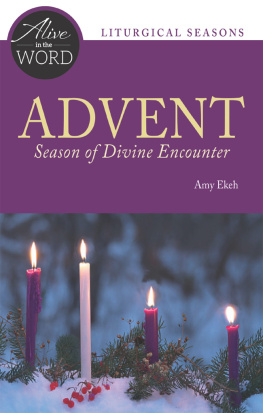




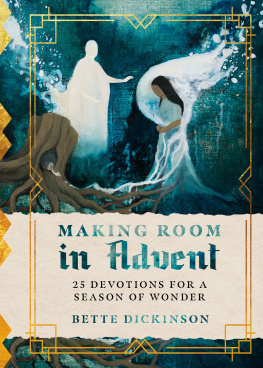
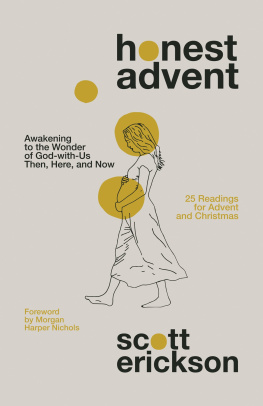



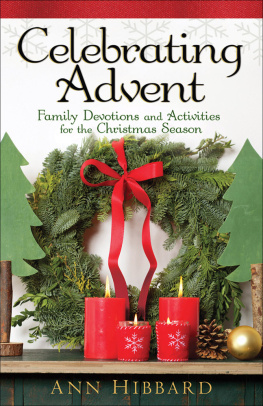

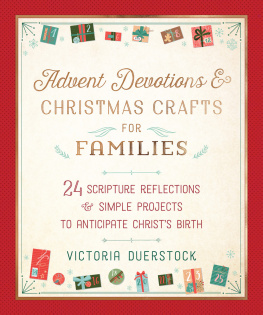

 Anthony B. Taylor, Bishop of Little Rock, February 2, 2018.
Anthony B. Taylor, Bishop of Little Rock, February 2, 2018.